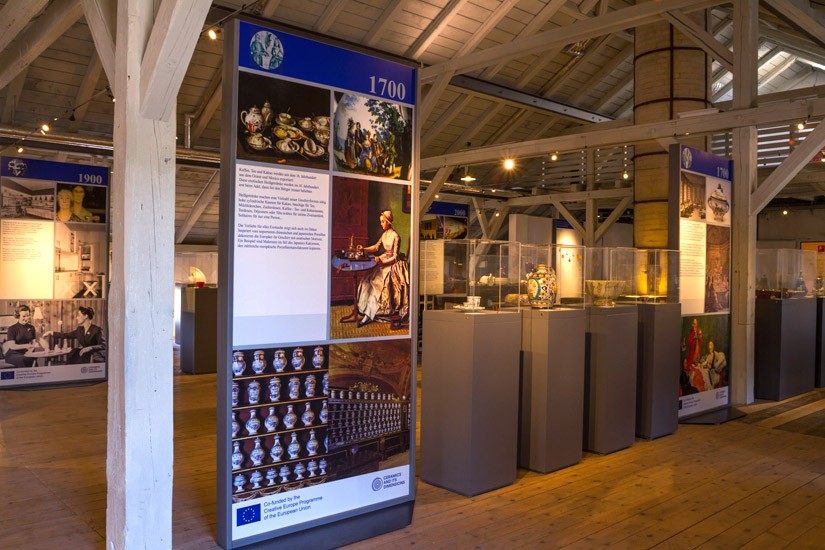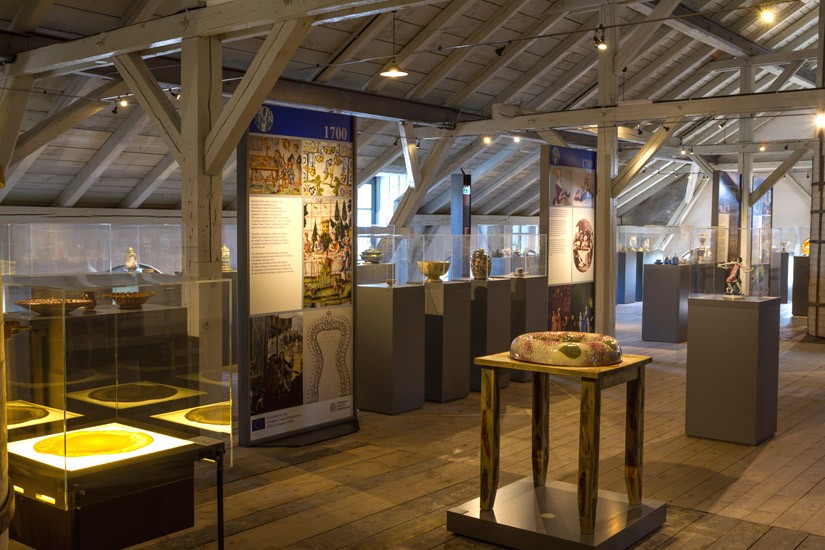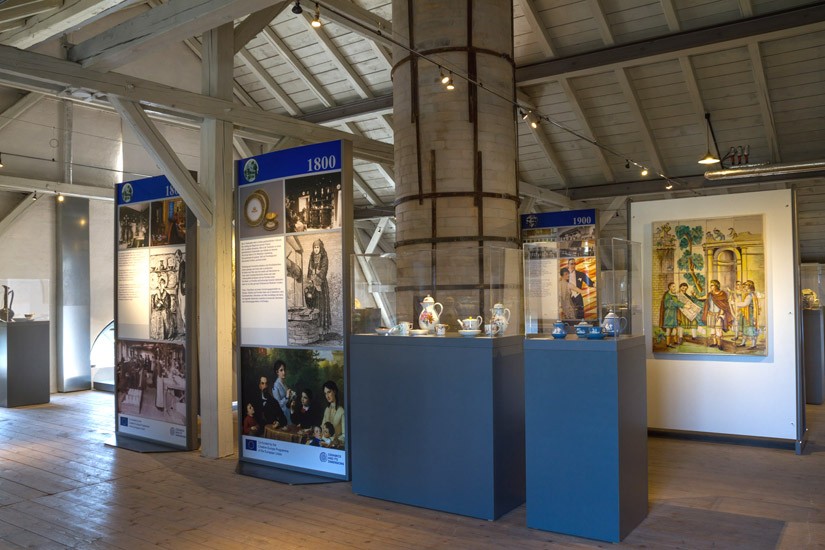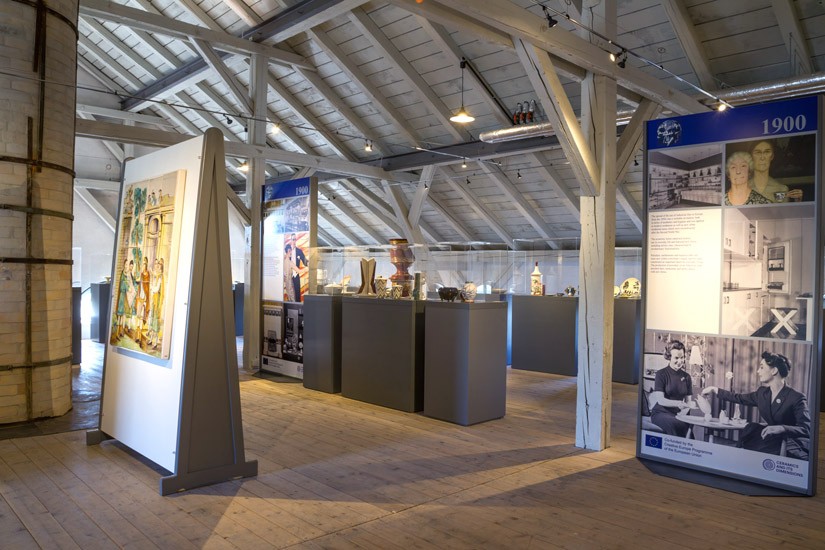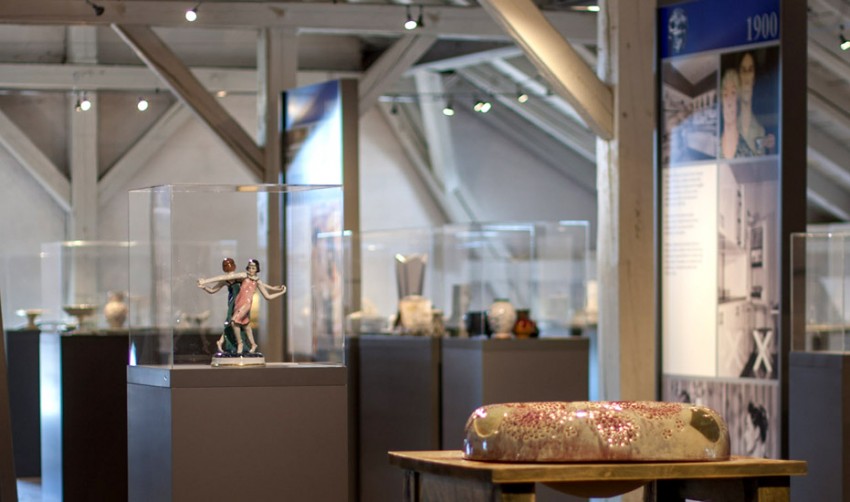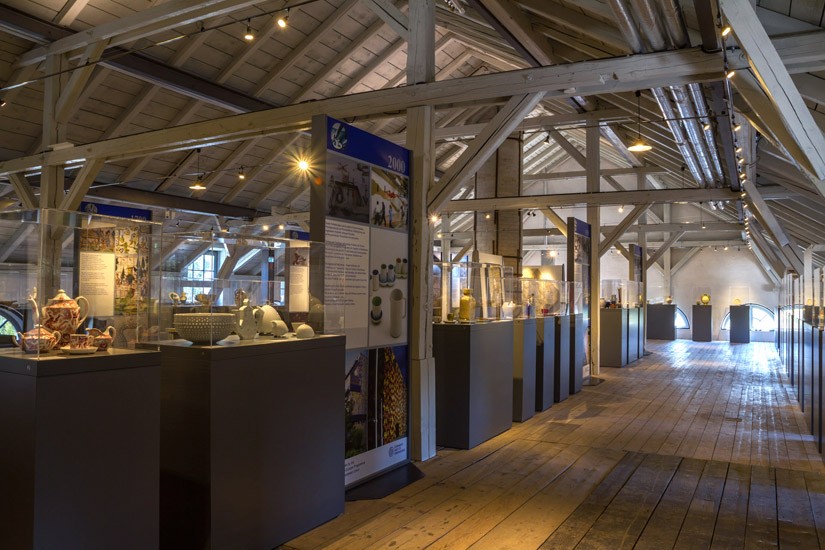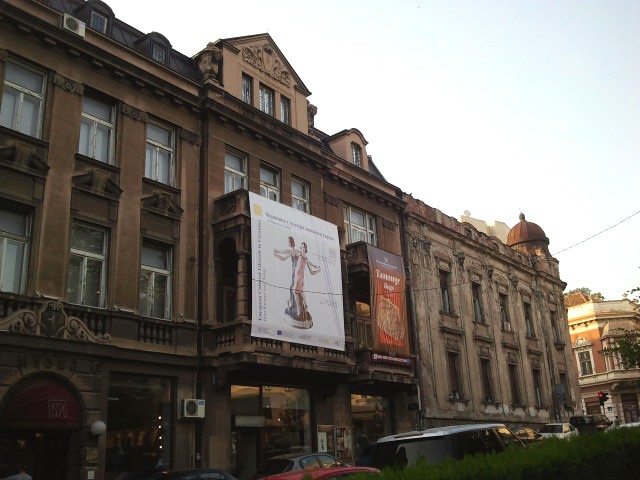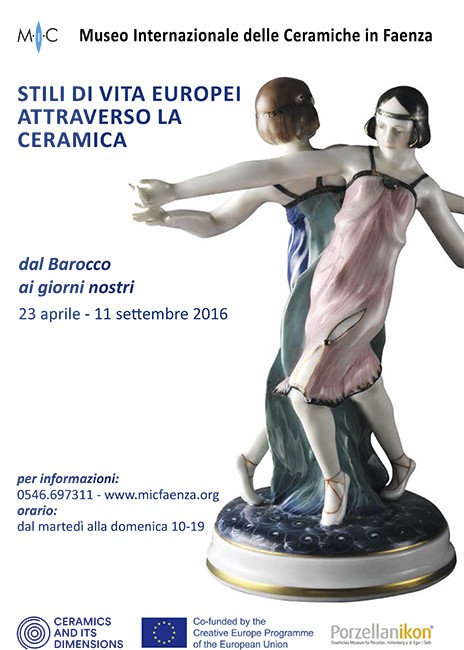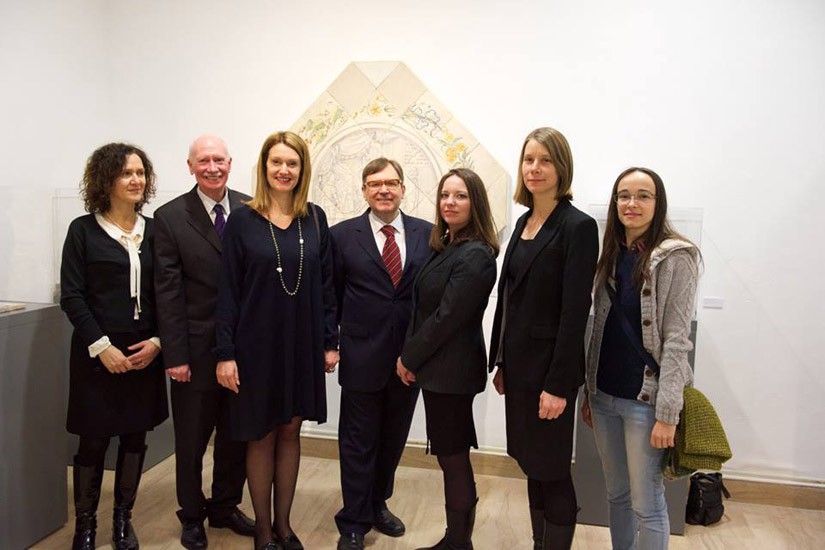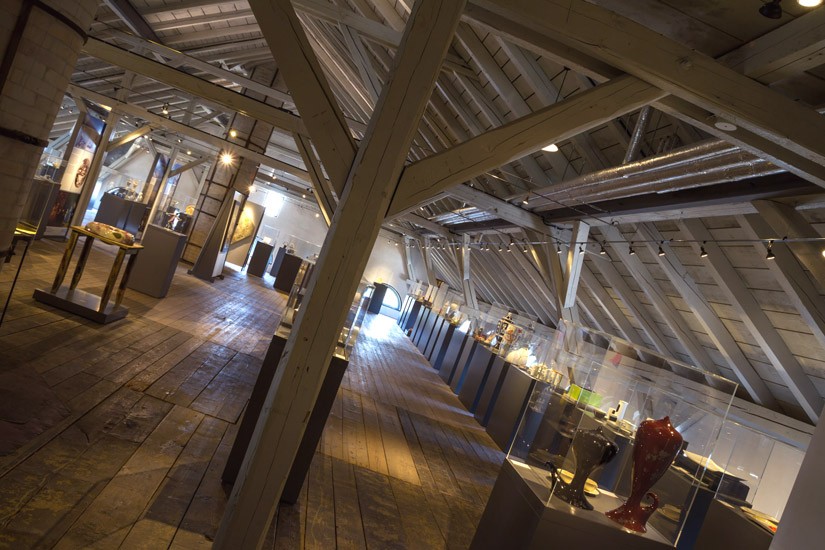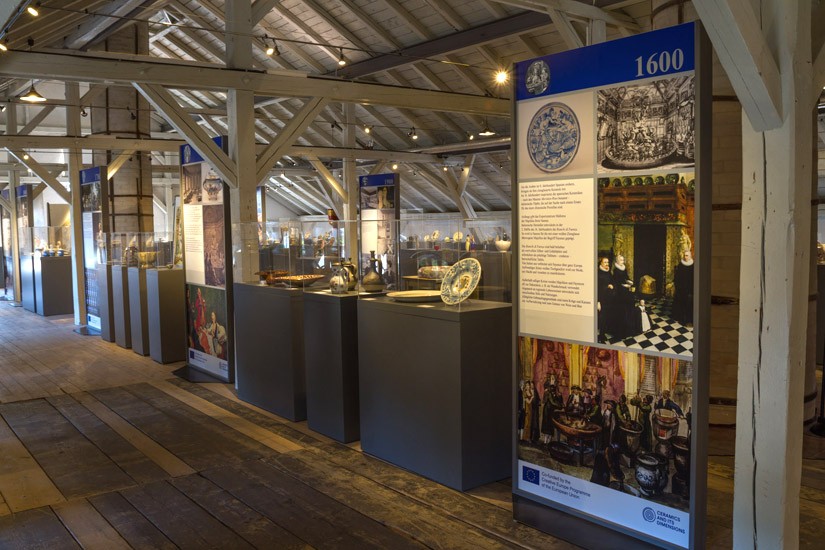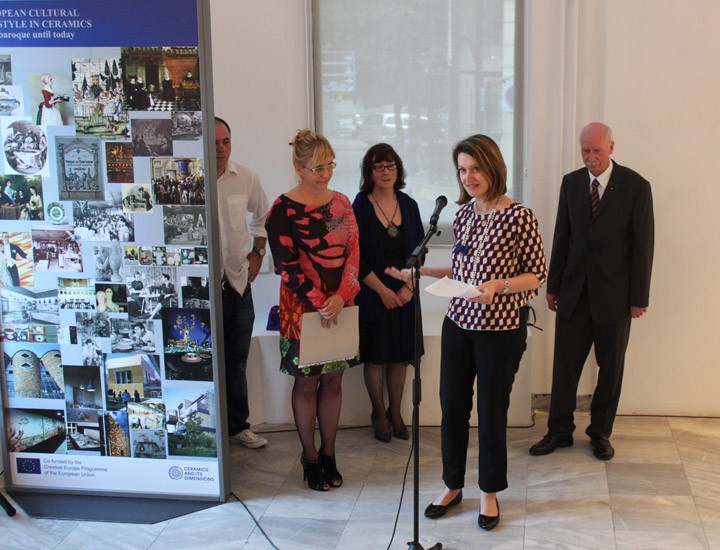Ceramics and its dimensions
Deepening
FOR MORE INFORMATION, PLEASE READ HERE
Exhibition program:
Museum of Applied Arts, Belgrade, May 19 – June 28, 2015
Porcelain Museum Selb, July 31 – November 15, 2015
National Museum of Ceramics “González Martí” in Valencia, January 15 – April 10, 2016
International Museum of Ceramics in Faenza, April 23 – September 11, 2016
“Potteries Museum & Art Gallery” in Stoke on Trent, October 1, 2016 – January 6, 2017
Estonian Museum of Applied Arts and Design in Tallinn, January 22 – April 30, 2017
Project approved by the European commission
in the program “Creative Europe”
16 partners, representing 11 European countries
from December 1st 2014 to Novembre 30th, 2018
The project focuses on ceramics as a fundamental material in human life, exploring its different uses in the technical, artistic/creative and functional fields. The various activities of the project (sub-projects managed by the partner institutions) highlight the potential of ceramics in museum education, in the development of new professional skills and its fundamental role in the economy of Europe.
The MIC Faenza is responsible for the travelling exhibition “European lifestyles in ceramics”: a research of ceramics over times, from Baroque epoch to today, in different geographical, historical and cultural contexts, to highlight the great possibilities offered by ceramics and the great results achieved in Europe over the centuries.
The exhibition has fundamental objectives: to tell a story of peoples and cultures, to draw the attention of an ever wider public to the themes of ceramics, from its functional aspect to art, and to offer current production new creative stimuli.
The exhibition consists of a corpus of about 100/120 works: 5 sections for 6 countries represented by 3/4 works per section. Lifestyles are represented by original ceramic objects describing new habits, in line with the history of the new trends of the society, new artistic movements, technological discoveries. The 17th century, for example, introduced a new attitude towards the table as a place of meeting and representation. The 18th and 19th centuries focused on the innovatice ceramic shapes and materials, with particular emphasis on porcelain, suitable for the new products coming from the colonies (tea, chocolate, spices…). The 20th century and contemporaneity expresses the presence of avant-garde movements that move away from tradition, searching for new forms of use (design) and attention to art.The exhibition includes an educational section where specific workshops are organised, including the possibility of a corner with ceramics and materials that can be touched for the visually impaired, several photographic panels to contextualise time and place, a video with films and interviews, an exhibition catalogue and material useful to deepen and disseminate the project contents.
The Estonian Museum of Applied Arts and Design in Tallinn, the Museum of Applied Arts in Belgrade, the “Potteries Museum & Art Gallery” in Stoke on Trent, the National Museum of Ceramics “González Martí”, the Museum of Porcelain in Selb are actively collaborating in the exhibition project and are hosting the exhibition.

